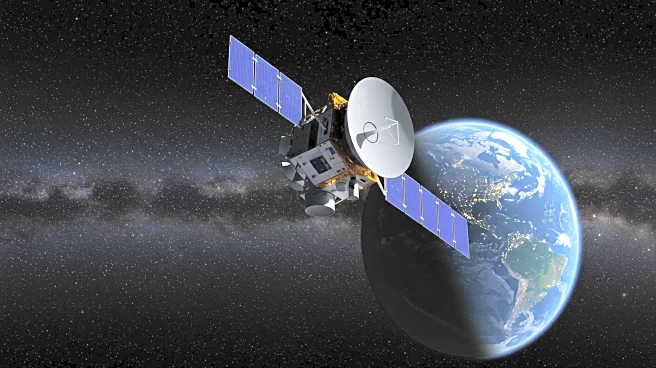What's Happening?
NASA is exploring the possibility of raising the orbit of the Neil Gehrels Swift Observatory, a spacecraft launched in 2004 to study gamma-ray bursts and other high-energy phenomena. Due to increased solar activity, the spacecraft's orbit is decaying faster than expected, prompting NASA to consider an orbit boost to extend its scientific capabilities. Two American companies, Cambrian Works and Katalyst Space Technologies, have been awarded contracts to develop concept design studies for this potential mission. The initiative is part of NASA's effort to leverage commercial technologies and maintain leadership in spacecraft servicing.
Why It's Important?
The potential orbit boost for the Swift Observatory represents a significant opportunity for the U.S. space industry. By extending the mission's life, NASA can continue to gather valuable scientific data without the immediate need for a costly replacement. This initiative also supports the growth of American small businesses in the space sector, fostering innovation and strengthening the industrial base. Successful implementation could pave the way for future spacecraft servicing missions, enhancing the U.S.'s competitive edge in space technology.
What's Next?
NASA is currently studying the feasibility of the orbit boost, including technical challenges and risks. While no definitive plans have been made, the agency is considering various options, including allowing the spacecraft to reenter Earth's atmosphere. The concept studies will inform NASA's decision-making process, potentially leading to a demonstration mission that could set a precedent for future orbit-raising technologies.











